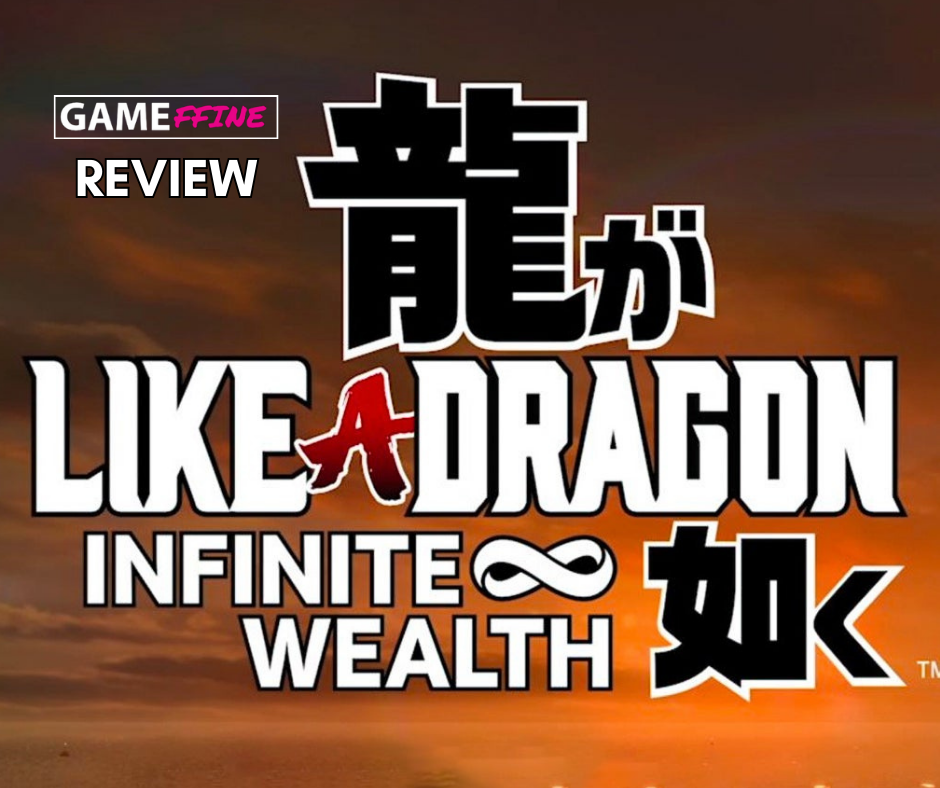SEGA and RGG Studio have been on a roll lately, having three amazing releases within the last 12 months: Like A Dragon: Ishin, Like A Dragon: Gaiden, and now Like A Dragon Infinite Wealth. Despite the tight schedule, the quality of their content has not suffered at all. It has only improved, with each game offering more features, more content, and more fun. The Like A Dragon series (formerly known as Yakuza series), has also gained a lot of popularity and acclaim, attracting new fans and satisfying old ones.
Back in 2020, Yakuza: Like A Dragon completely changed the franchise for good with turn-based combat, a party system, and an emphasis on socializing. Last year, Like A Dragon: Gaiden filled the gaps between Yakuza 6 and Yakuza: LAD and put the roadmap to events leading up to Like A Dragon: Infinite Wealth. Gaiden despite its smaller scope did a tremendous job. With a stunt like that, the Ryu Ga Gotoku studio knew that they had pretty big shoes to fill.
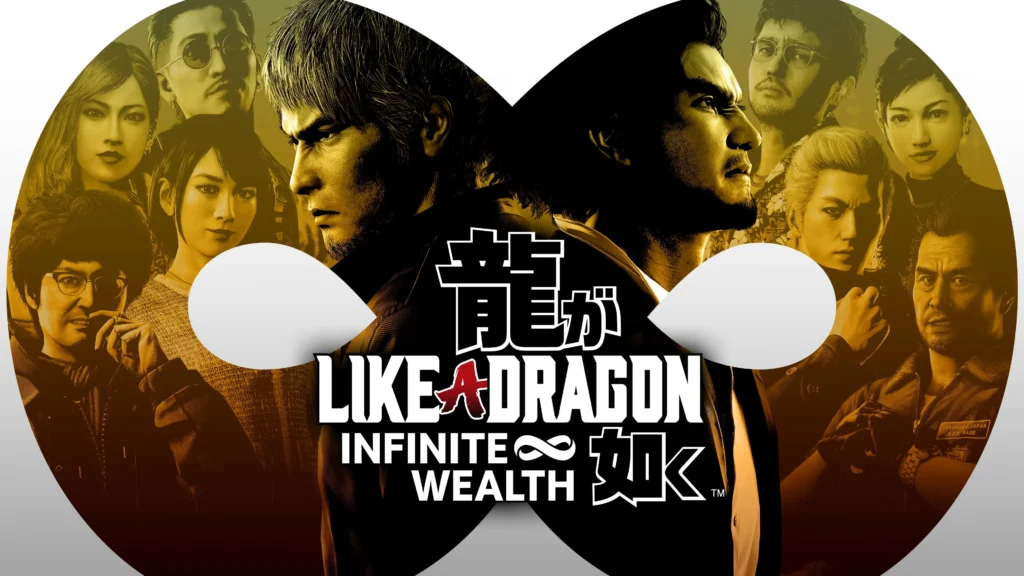
Like A Dragon: Infinite Wealth is the eighth mainline entry in the Like A Dragon (Formerly known as Yakuza) series. It was released on 25-26 Jan 2024 for Steam(PC), PlayStation 4,5, and Xbox Series S|X. At the time of writing this review, it has shipped 1 million copies (physical and digital) within a week.

Beyond Borders
Infinite Wealth follows the adventures of Ichiban Kasuga, a former yakuza who became the hero of Yokohama after saving Japan from a conspiracy. In this sequel, Kasuga teams up with Kazuma Kiryu, the legendary Dragon of Dojima. They bump into each other after Kasuga gets fired from his job and is sent to Hawaii in search of his long-lost biological mother Akane. Kiryu ultimately ends up accompanying Kasuga in his search but soon gets involved in a complex web of intrigue involving a cult, a casino, and various criminal factions.
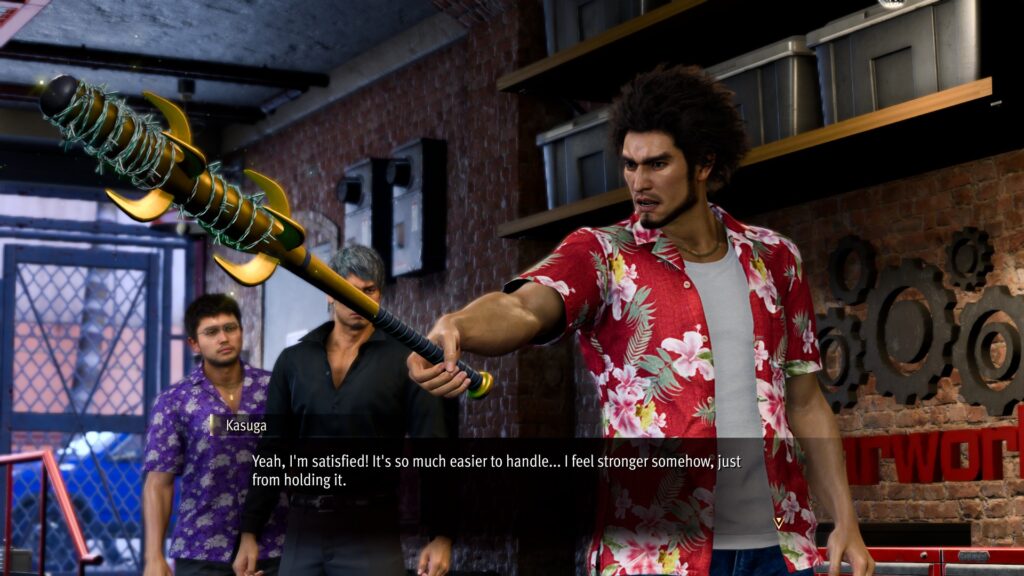
The plot largely takes place in two main locations: Isezaki Ijincho, a district in Yokohama featured in LAD 7, and Hawaii, a new and exotic overseas destination that offers a refreshing change of scenery. The game explores the contrast between the urban and the tropical, the modern and the traditional, and the familiar and the foreign. The game also delves into the themes of family, identity, legacy, and redemption, as Kasuga and Kiryu face their pasts and their futures.
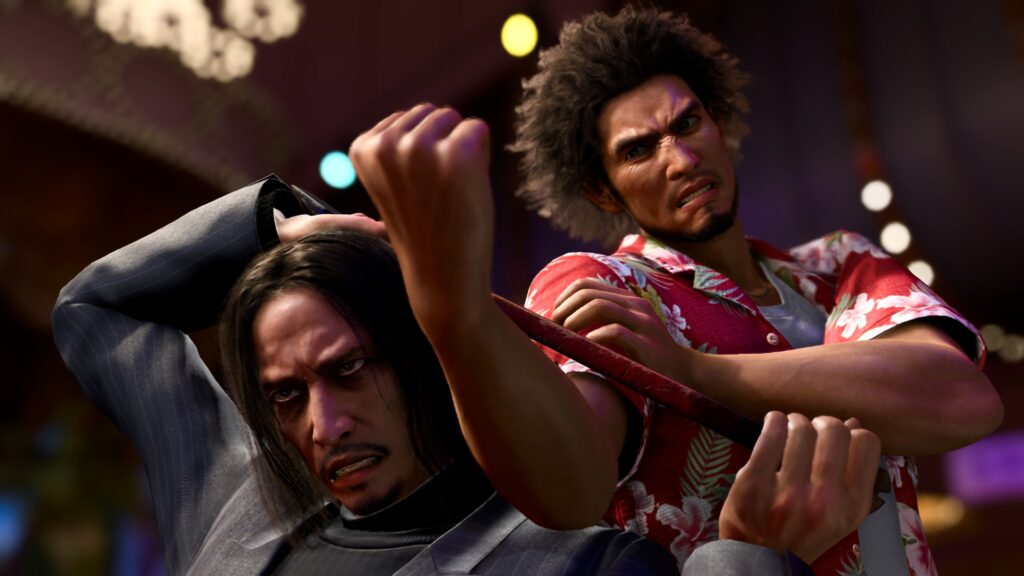
Overall, it is a great story that takes time to open up, especially during its first 4-6 hours. Once you make it past Chapter 3, the open world becomes freely available. During this time, the experience becomes quite linear and restrictive. LAD games are well-known for long cutscenes, and Infinite Wealth follows the same. However, it also features some unique twists and quirks that make it a better entry than its predecessors. It is easily the best title I have played since Yakuza: Zero and in some instances, it even manages to surpass the latter.
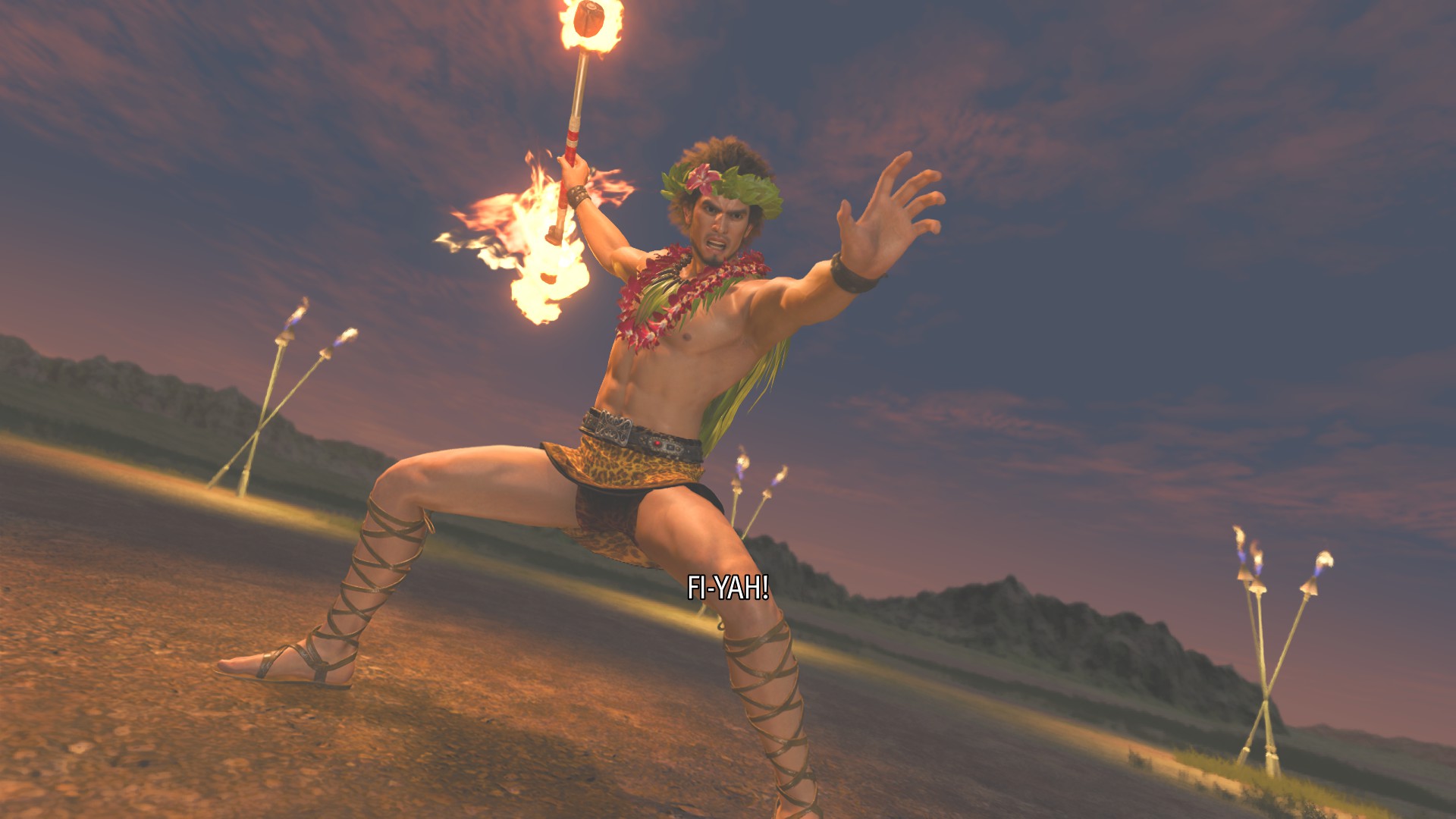
ALOHA! New Country, New Comrades
This is the first time the series has ventured overseas territory. The game features a huge and detailed map of Hawaii that includes Honolulu, Waikiki, and more. The map is full of life and diversity, with various landmarks, shops, restaurants, and attractions to visit. The game also offers a large list of activities to enjoy in Hawaii, such as gambling, diving, fishing, golfing, and more. The game also incorporates elements of Hawaiian culture and history, such as the native language, the music, the legends, and the events.
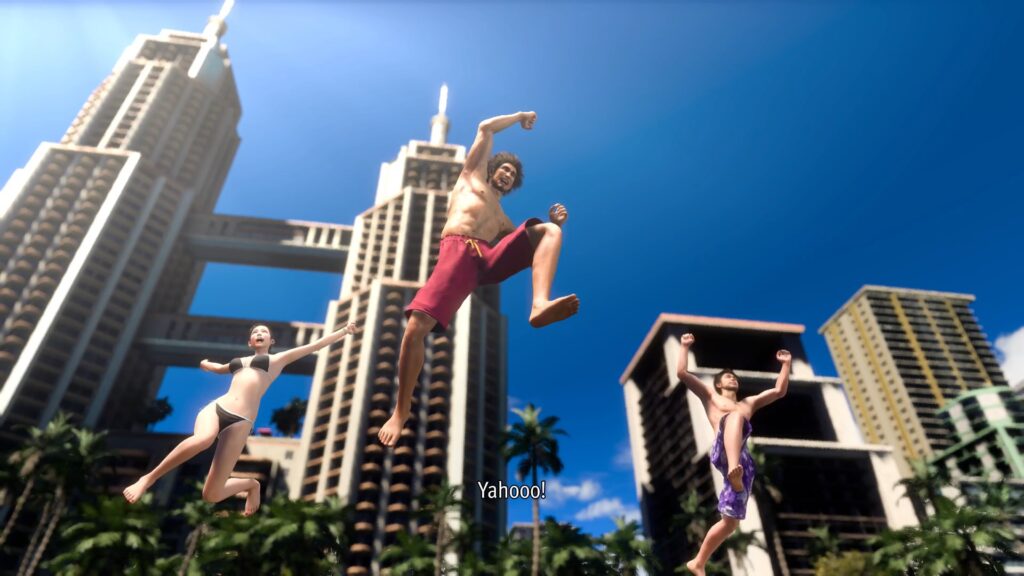
As expected from any RGG game, the map of Hawaii is brimming with life. You can greet, help, and undertake tasks from fellow pedestrians to deepen your Aloha links with them. Heck, you can even swim at the Aloha beach and uncover treasures. To swiftly move around the city, you can use your own Street Surfer which comes with a limited battery pack. There’s also a trolley bus that lets you enjoy vibrant cityscapes while moving around.
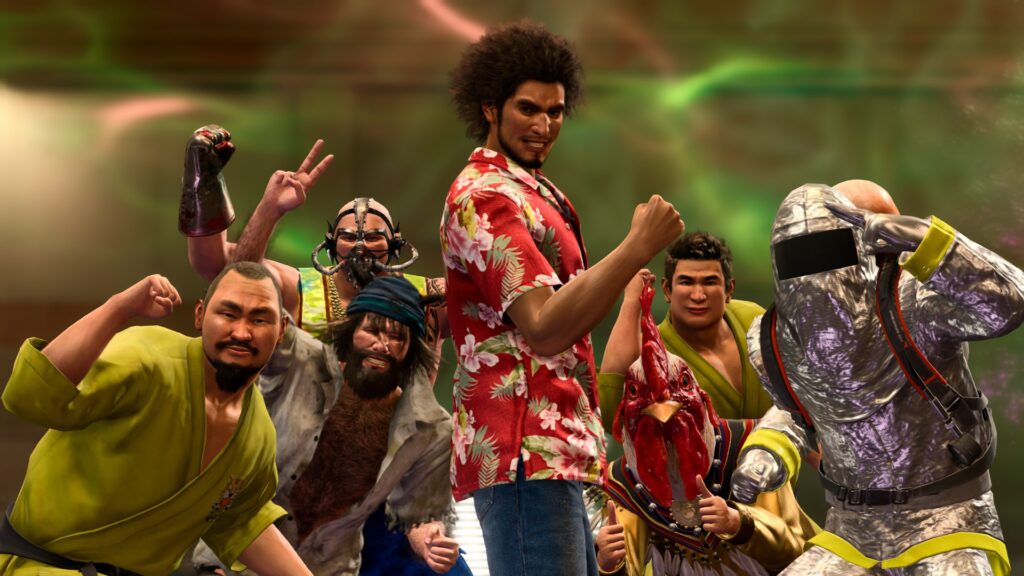
However, to enjoy most of Hawaii requires infinite wealth which quite subtly justifies the game’s title. And making money is easy this time.There are a few side activities like Food delivery, trash collection, Dungeon mode where you rescue hostages, and sicko-spotting where one needs to click perfectly timed pics of half-naked muscular men. But by far the best additions are Sujimon Trainer and Donoko Island. It’s like Pokemon and Animal Crossing with people. On top of that also get a persona-like social sim. Overall there is just so much content that it is impossible to put everything in this review. The fact that the team managed to do so, is nothing short of remarkable.
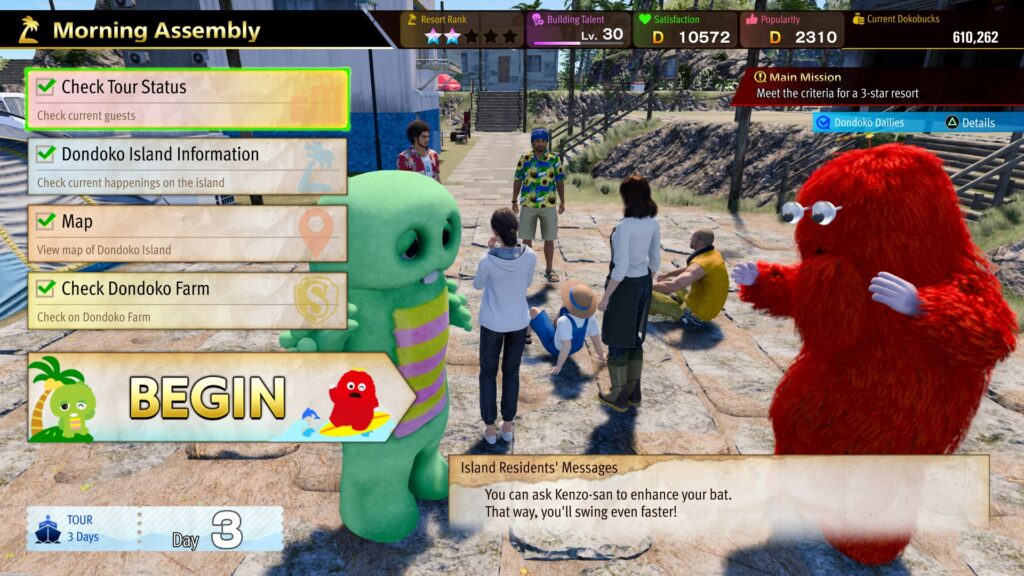
The game introduces two new party members who join Kasuga and Kiryu on their journey. These include Eric Tomizawa, a taxi driver and an ex-con who helps them navigate Hawaii, and Chitose Fujinomiya, an exchange student and heiress to the elite-class Fujinomiya establishment. Old party members like Saeko, Nanda, and Adachi also make a return alongside Seonhee, Zhao, and Joongi Han. You will also see many cameo appearances by the cast of the old Yakuza series. Both Kasuga and Kiryu will go on drink links and unlock tag-team party moves as they deepen bonds with each party member.
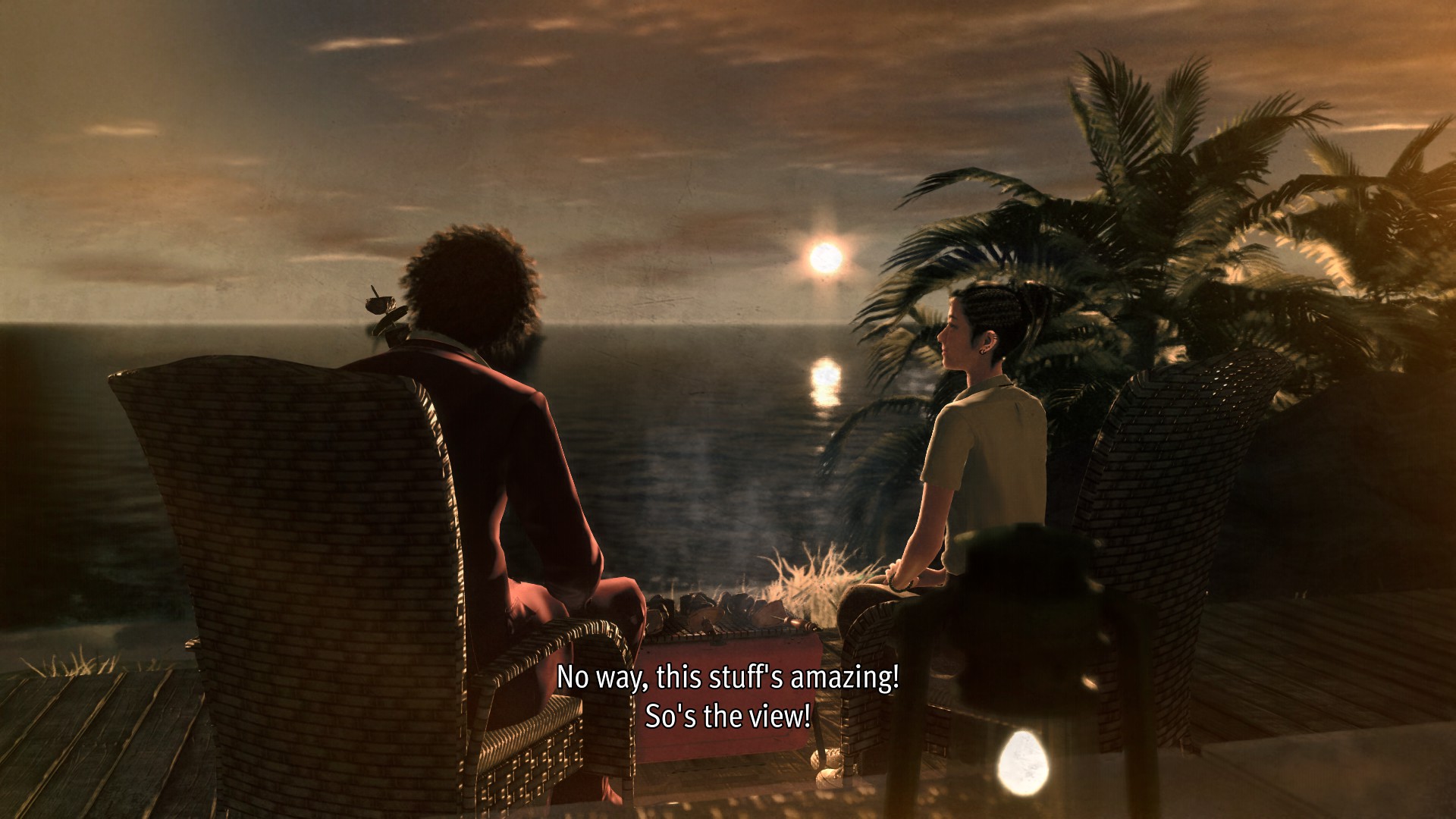
Refined Combat, Pricey Add-Ons
The combat in Infinite Wealth feels more refined and enjoyable than Yakuza: Like A Dragon. Every playable character has a circle in which they can move around and use a particular skill/move to inflict damage, apply buffs/de-buffs, or heal. Simple attacks feature knockbacks that greatly help in chaining up follow-up attacks by other party members. The added physics here greatly changes the way the combat feels.
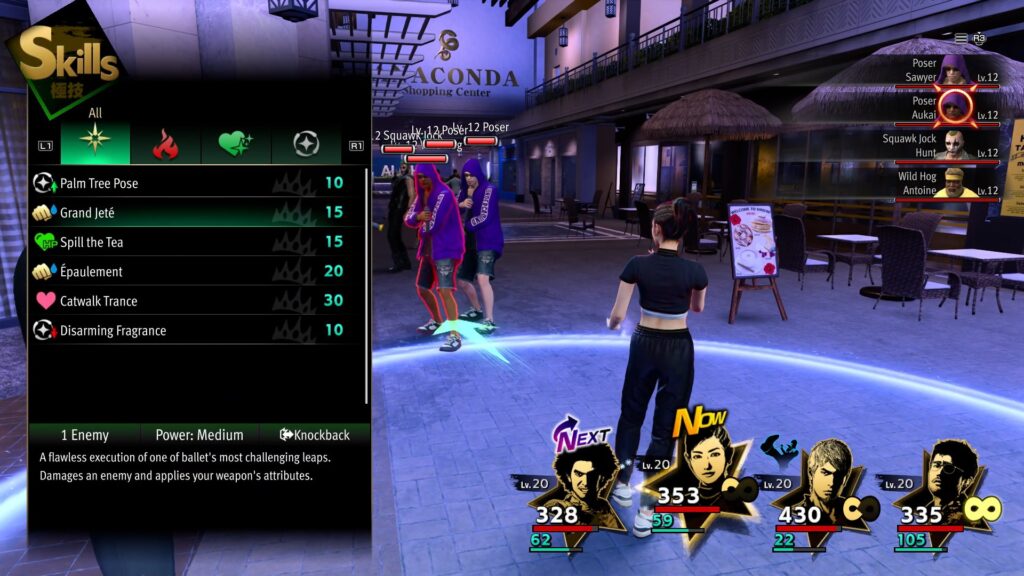
However, such knockback effects can be avoided by enemies with a guard stance. This is where grapple attacks come in handy, as these can break their guard stance and inflict heavy damage by consuming title MP points. The game also includes proximity indicator and attack direction to effectively engage in combat and deal additional damage. Back attacks and environmental collisions also play a great role in making the combat deeper and more engaging.
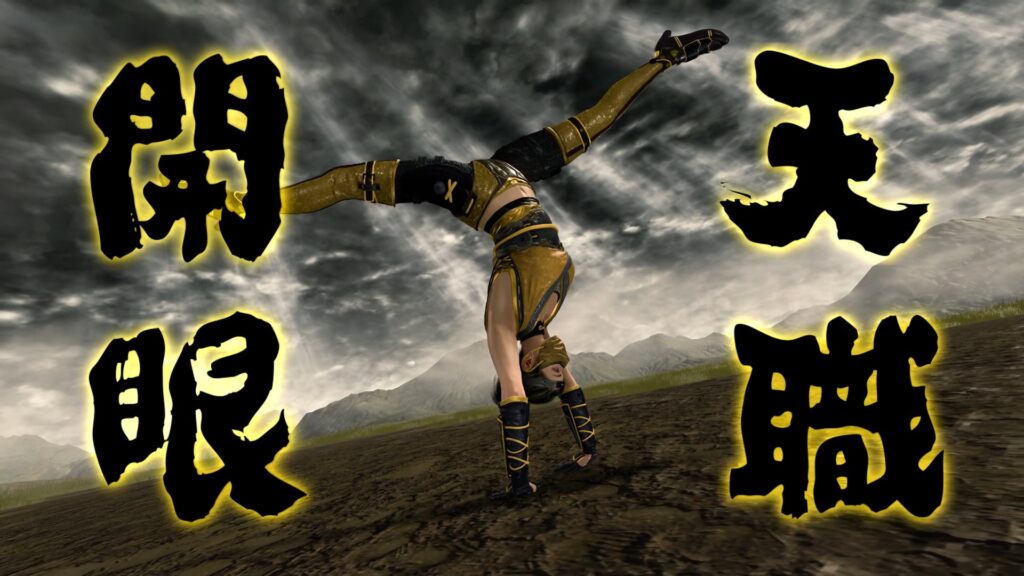
Like its predecessor, there are also tag-team attacks for each party member and Pound-mates to turn greater odds. The tag-team attacks now do not consume MP and need to be recharged by engaging in combat. As for pound-mates, they are pricey as hell this time and will execute 3 turn-based moves to swing the odds in one’s favor.

Lastly, jobs make a return, this time featuring different professions to undertake for male and female party members. Each playable character also features an exclusive job which is set as default and the additional jobs have to be unlocked by experiencing tours provided by Alo-Happy Tours. Each job has its own set of costumes that can be changed at the Alo-happy change booth. My favorite jobs include- Kunoichi, Samurai, and Housekeeper, but there are a lot of other possibilities to explore.
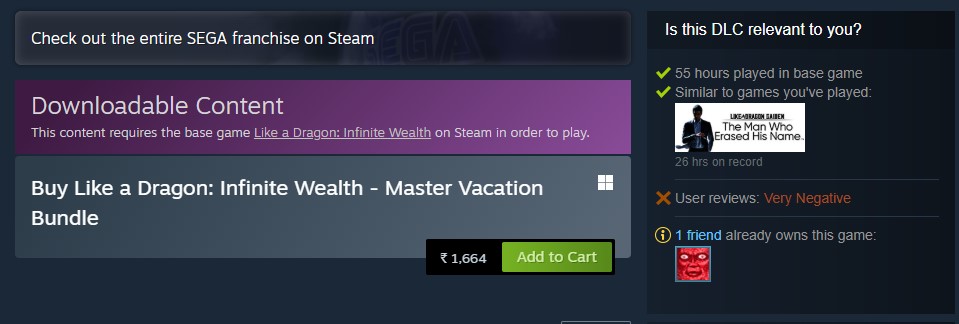
The downside, however, is that a lot of costumes including golden swimsuits and additional jobs like Tennis player along with the new game+ and additional dungeons are locked behind a DLC paywall. You can unlock all of it by buying the Master Vacation DLC bundle but given the price, it is simply not worth getting right now. Overall the base game stuff is phenomenal, but the DLC add-ons are seemingly a huge disappointment. Thankfully, these are completely optional to enjoy a stellar game.

Baka Mitai to Baka Darou
Like Gaiden, Infinite Weath also does a great job of paying homage to the series’ older entries. As Kiryu, players will be visiting Dragon’s Memoirs, which features some wholesome moments from Yakuza 0 to Yakuza 6. Heck, it also includes the mention of spin-off titles like Kenzan and Ishin. As players uncover more of these Memoirs, it will raise Kiryu’s awakening level, bringing the good old Dragon of Dojima back to life.
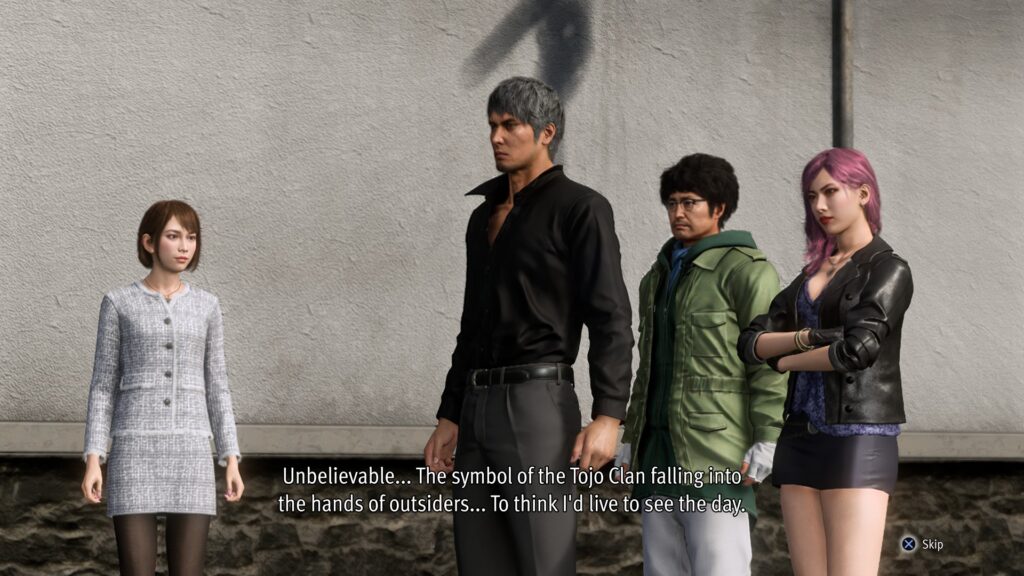
Kiryu’s awakening levels feature three traits – Soul, Tech, and Body. As you progress, you will unlock encounters with some well-known faces like Date-san, Majima, Saejima, and more. Needless to say, it is a huge fan service to old veterans and shows how the series has not forgotten its real roots after all these years. The same is also true for its long line of karaoke songs. From Yakuza Zero’s Baka Mitai to Infinite Weath’s Baka Darou, it has been quite a journey for Kiryu. The game also has some great new tracks like Chitose’s Honolulu Citylights that deserve a special mention and have made it to my Spotify playlist.
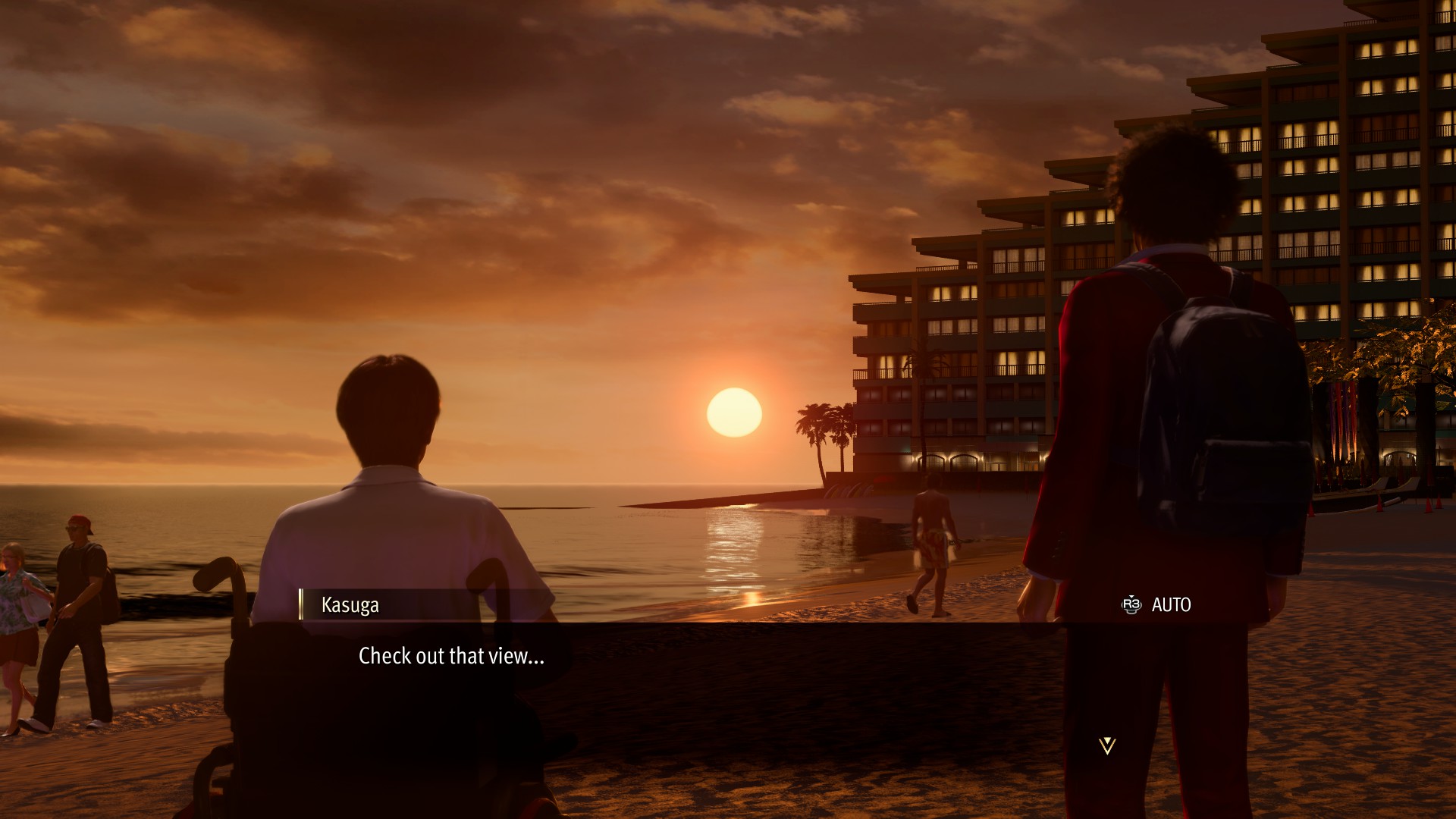
Roaring But Aging
RGG’s studio Dragon Engine has come a long way since its debut in Yakuza 6 bringing multiple enhancements to its optimization and animations. But visually it has largely remained the same as visuals go, with some minor upgrades. However, given the broader scope of Infinite Wealth’s Hawaii map, the team has made some drastic upgrades to the visuals that we have not seen since Yakuza 6.
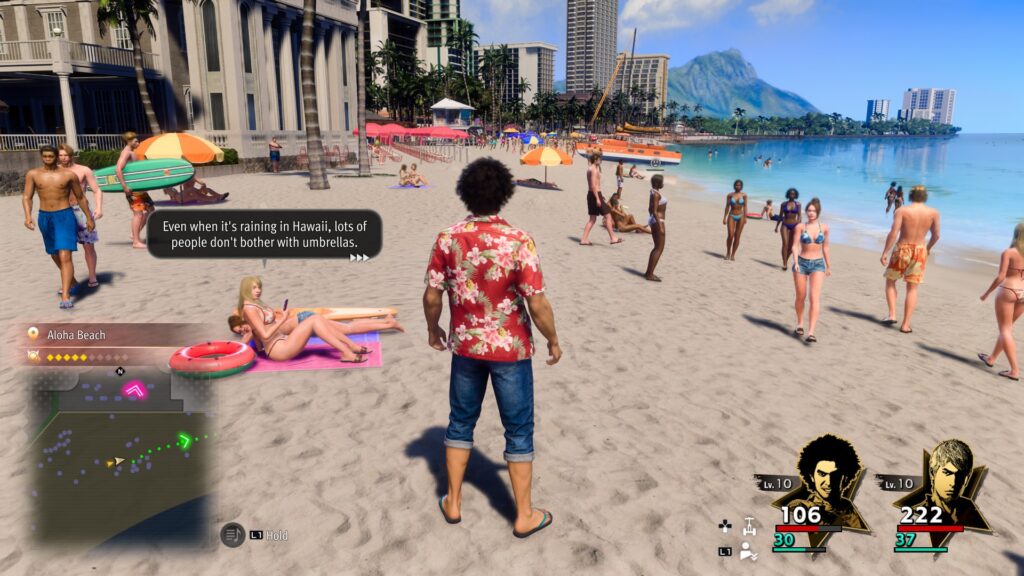
NPC character models and In-game physics have been improved significantly. The map of Hawaii looks more detailed in comparison to older maps like Kamurocho and Yokohama. But the Dragon Engine does seem to struggle in terms of daytime lighting in Hawaii. Most of the time it looks great but on multiple occasions, it seems to struggle with over-saturated lighting and aliasing issues caused by the implementation of FSR and DLSS upscaling solutions. It can be easily overlooked but for the best visual experience, I would recommend sticking to Nvidia’s DLAA until these issues are ironed out.

Real Talk
Like A Dragon: Infinite Wealth is RGG at its finest. It is a massive RPG overloaded with things beyond belief and it somehow manages to execute all of it flawlessly. Its overpriced DLCs and a few minor hiccups can be easily overlooked in the service of its well-written story, refined combat system, larger-than-life character arcs, and an astonishingly detailed map of Hawaii. Overall, it is easily a strong contender for Game of The Year.
Final Rating: 95/100
Like A Dragon: Infinite Wealth
Like A Dragon: Infinite WealthThe Good
- Overloaded and Detailed Map of Hawaii
- Refined Combat System
- Great Story and Premise
- Well-written Character Arcs
- Sujimon Trainer and Donoko Island Minigames
The Bad
- Overpriced DLC Add-ons
- Lack-Lustre Implementation of De-buffs in Combat
- Uneven Lighting and DLSS/FSR Upscaling issues
